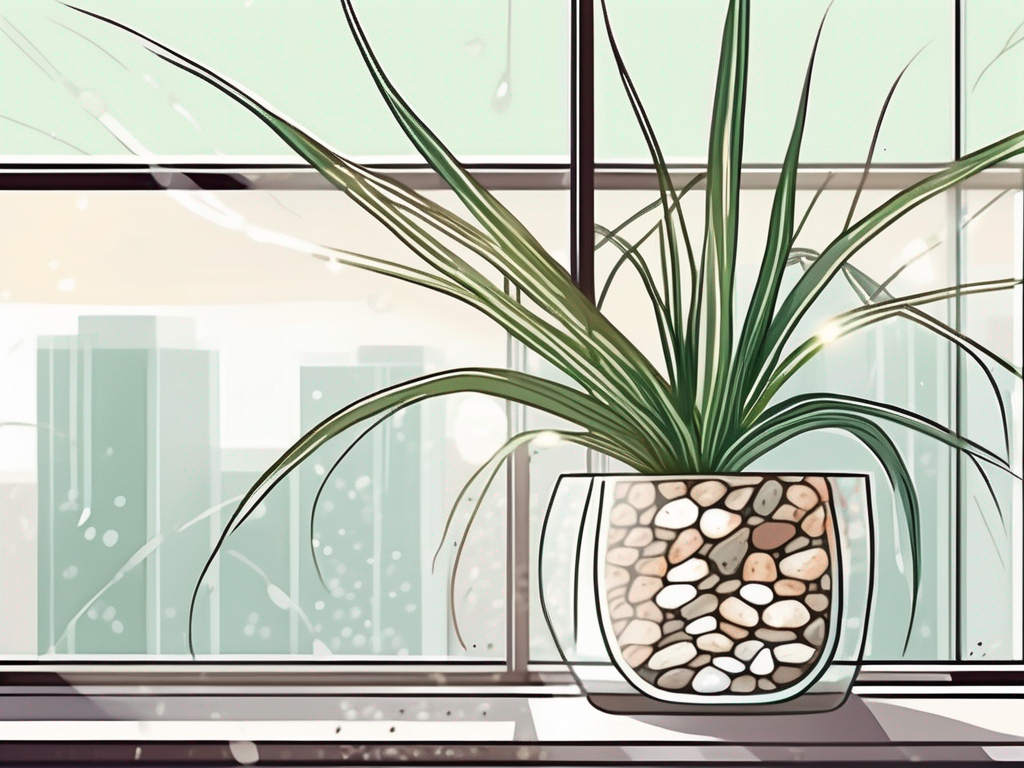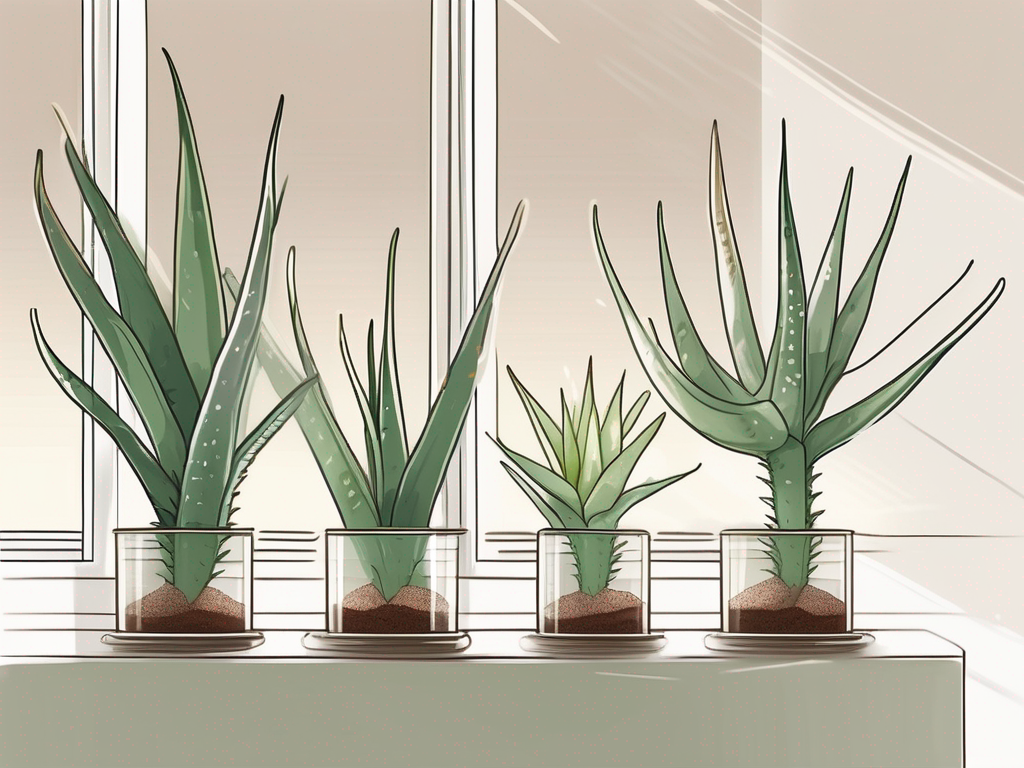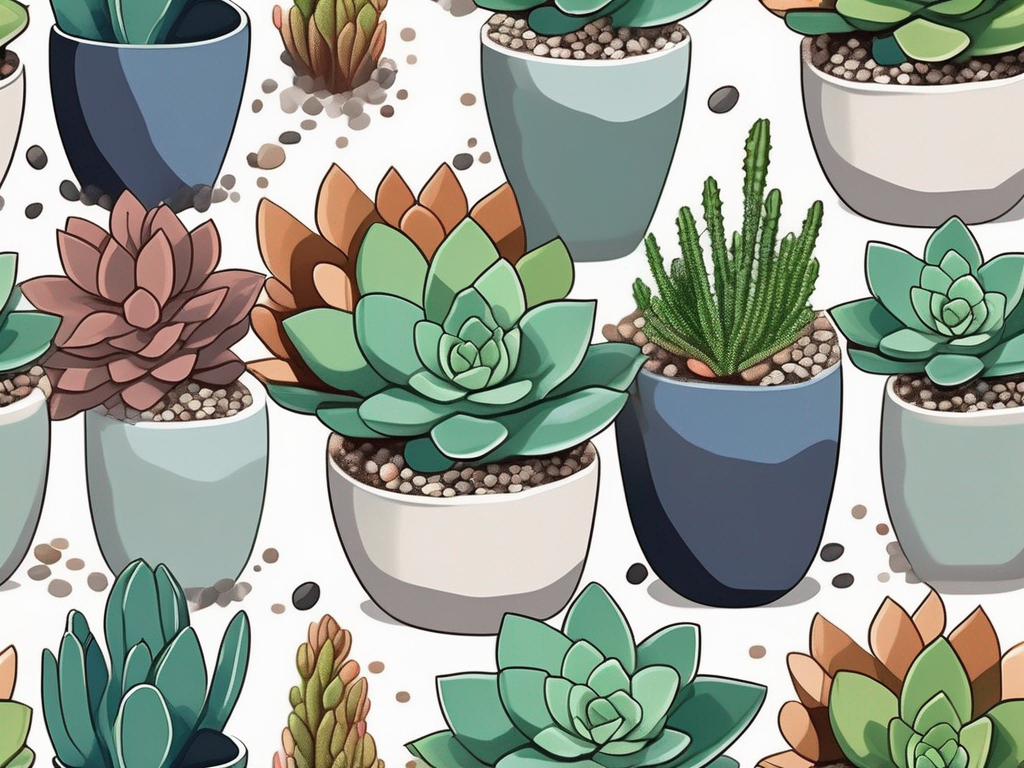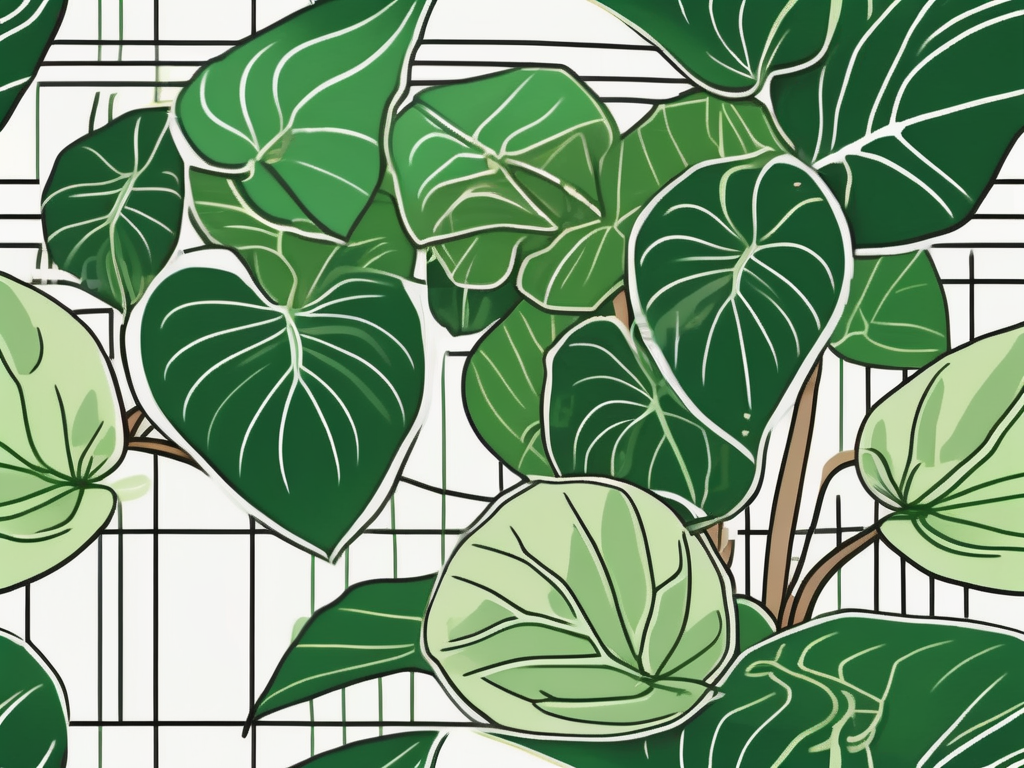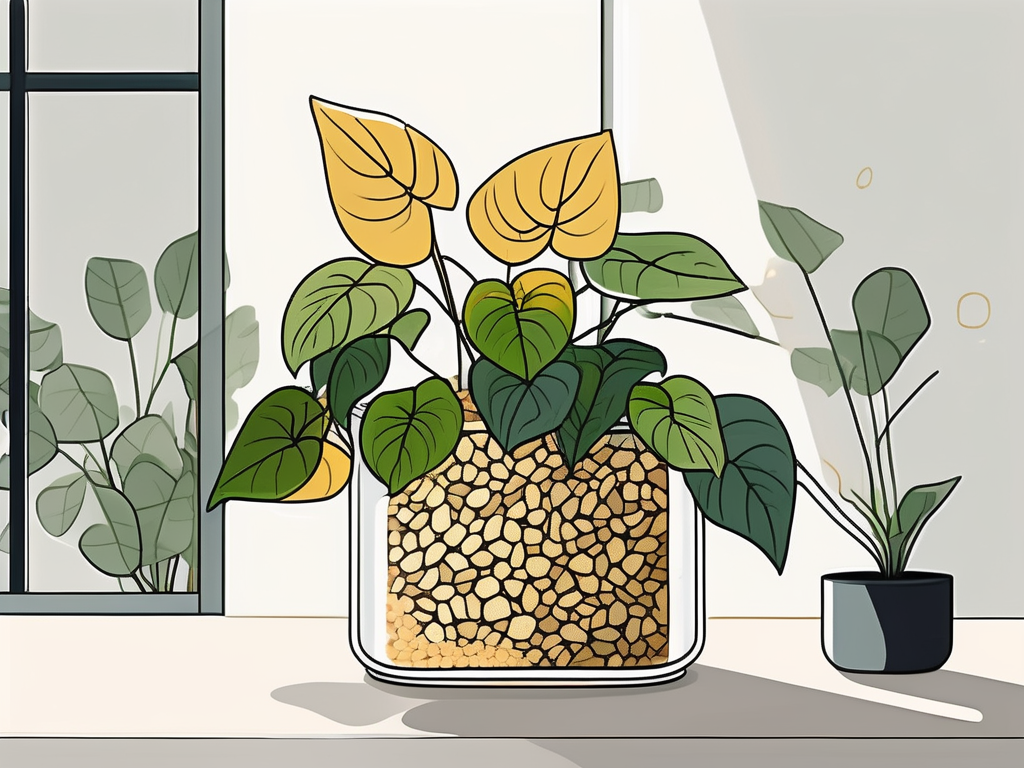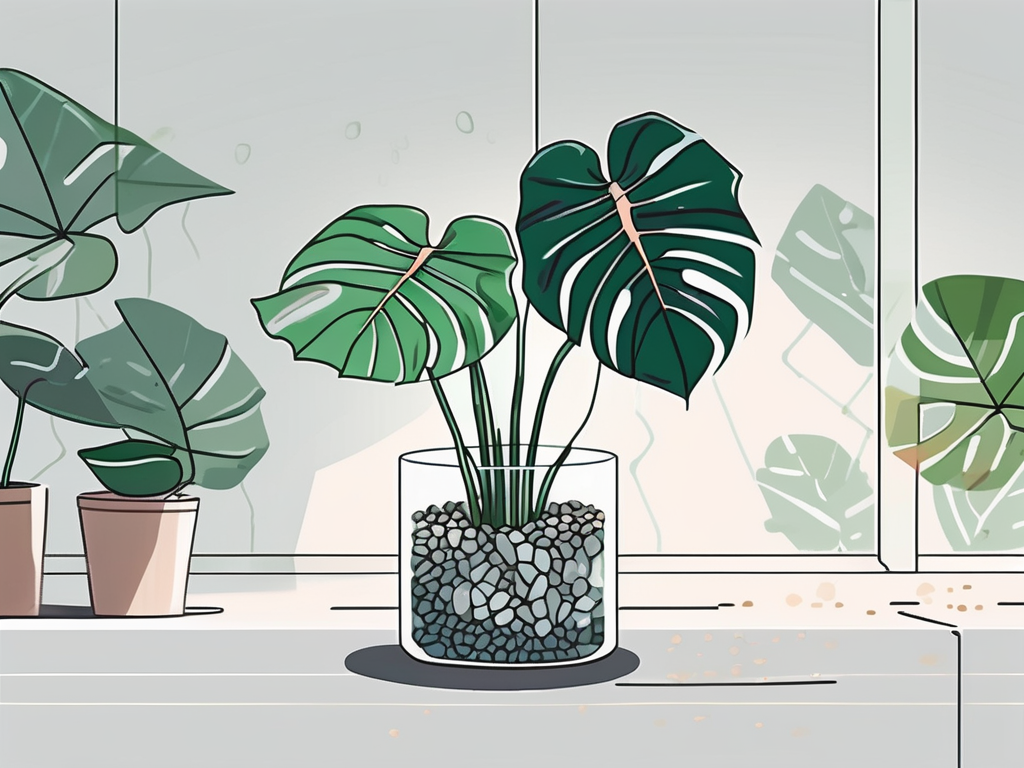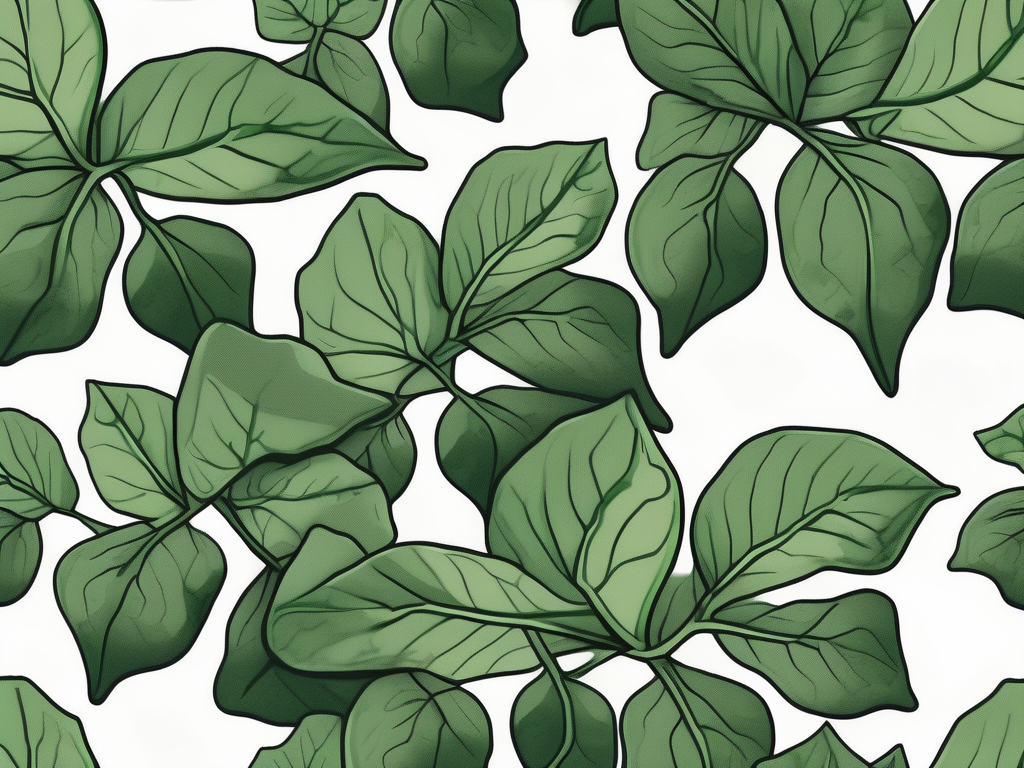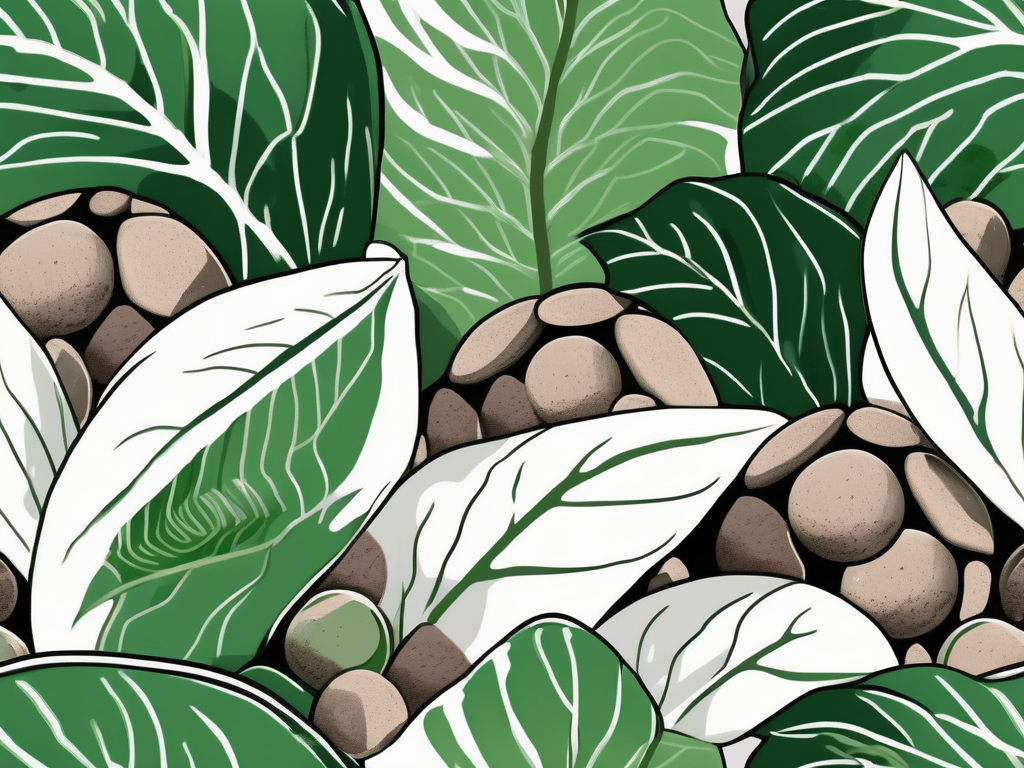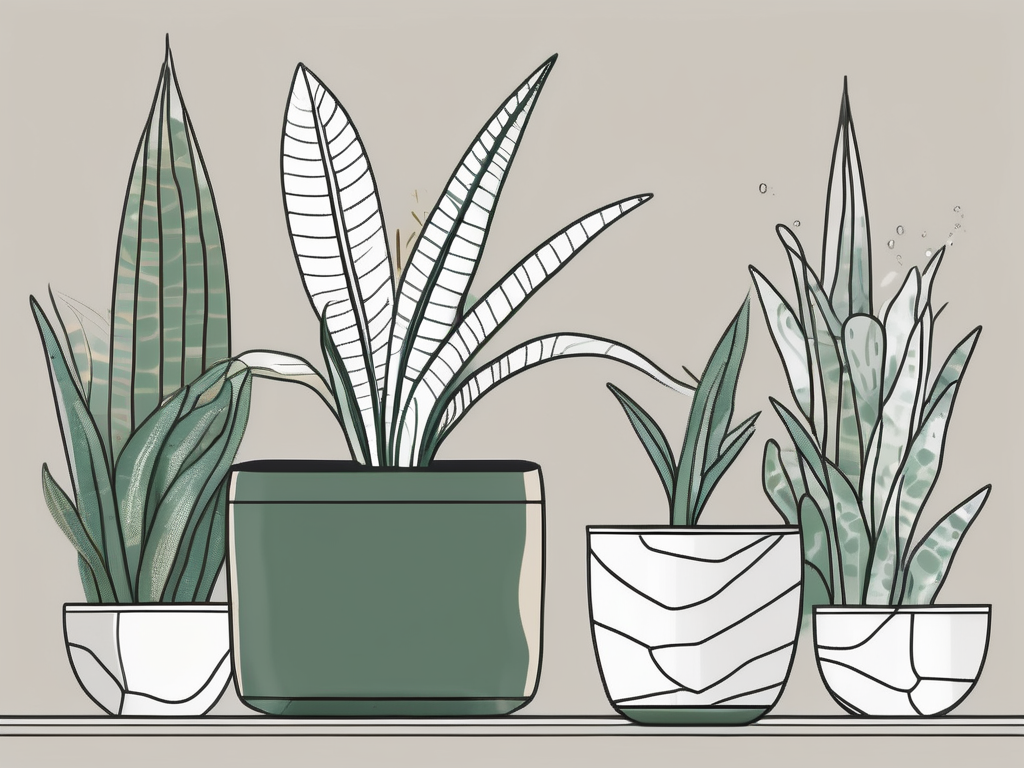
Snake plants, with their striking upright leaves and low-maintenance nature, have long been a favorite among houseplant lovers. But what if there was a way to make caring for these resilient beauties even easier? Enter LECA, a growing medium that's gaining popularity for its unique properties. Growing your snake plant in LECA offers a host of benefits that can simplify plant care and promote healthy growth.
In this article, we'll explore why LECA might be the perfect fit for your snake plant. We'll cover what LECA is, how it works, and the advantages it offers over traditional soil. We'll also dive into practical tips for transitioning your snake plant to LECA and maintaining it in this medium. Whether you're a seasoned plant parent or just starting out, you'll find insights that can help you create a thriving indoor jungle.
What is LECA?
LECA stands for Lightweight Expanded Clay Aggregate. It's a collection of clay balls that have been heated to high temperatures, causing them to expand. These balls are lightweight and porous, making them an excellent medium for hydroponic gardening. But why use LECA instead of soil?
One of the main draws of LECA is its ability to provide excellent aeration and drainage. Unlike soil, which can compact and suffocate plant roots, LECA allows air to circulate freely around the roots. This helps to prevent root rot, a common issue with snake plants, especially in overwatered conditions. Additionally, LECA's porous nature retains just the right amount of moisture, ensuring that your plant's roots are neither too wet nor too dry.
LECA is also reusable and clean. Unlike soil, which can harbor pests and pathogens, LECA can be sterilized and reused, reducing the risk of infestations. Its clean nature means less mess around your home, making it a great option for indoor gardening. Plus, because it's inert, LECA doesn't break down over time, providing a stable environment for your plant's roots.
The Benefits of Using LECA for Snake Plants
So, why should you consider growing your snake plant in LECA? Here are some of the key benefits:
- Improved Drainage: LECA's structure allows water to drain away quickly, reducing the risk of overwatering and root rot.
- Better Aeration: The gaps between the clay balls allow air to circulate around the roots, promoting healthy growth.
- Pest Prevention: Because LECA is sterile, it's less likely to harbor pests like soil mites or fungus gnats.
- Ease of Maintenance: LECA requires less frequent watering, as it retains moisture efficiently and releases it slowly.
- Reusability: You can clean and reuse LECA, making it a sustainable choice for plant care.
These benefits make LECA an attractive option for plant parents who want to simplify their plant care routine. With LECA, you'll spend less time worrying about watering schedules and more time enjoying your thriving plants.
How to Transition Your Snake Plant to LECA
Ready to make the switch to LECA? Here's a step-by-step guide to help you transition your snake plant from soil to this innovative medium:
1. Remove the Plant from Its Pot
Gently take your snake plant out of its current pot. Be careful not to damage the roots while removing the plant.
2. Clean the Roots
Rinse the roots under lukewarm water to remove all traces of soil. This step is crucial, as any remaining soil can lead to mold or bacterial growth in the LECA.
3. Prepare the LECA
Before using LECA, rinse it thoroughly to remove dust and debris. Soak the clay balls in water for a few hours to ensure they're fully saturated.
4. Pot the Plant in LECA
Place a layer of LECA at the bottom of a new pot, then position your snake plant in the center. Add more LECA around the roots, ensuring they're well-supported.
5. Water the Plant
Add water to the pot until it reaches the base of the roots. LECA will wick moisture up to the roots, so there's no need to submerge them entirely.
With these steps, your snake plant will be happily settled in its new home. Remember to monitor the water level and refill as needed to keep your plant healthy.
Caring for a Snake Plant in LECA
Now that your snake plant is thriving in LECA, how do you keep it that way? Here are some tips for maintaining your plant:
- Watering: Check the water level in the pot every couple of weeks. Add water when the level drops below the base of the roots.
- Fertilizing: Use a diluted hydroponic fertilizer every month or two to provide essential nutrients.
- Light Requirements: Snake plants in LECA prefer bright, indirect light but can tolerate lower light conditions.
- Temperature and Humidity: These plants thrive in typical indoor temperatures and don't require high humidity.
By following these care tips, your snake plant will continue to grow and flourish in its LECA environment.
Troubleshooting Common Issues
Even with the benefits of LECA, you might encounter a few hiccups along the way. Here are some common issues and how to address them:
1. Yellowing Leaves
If you notice yellowing leaves, it could be a sign of overwatering. Check the water level and adjust your watering schedule if necessary.
2. Root Rot
Despite the excellent drainage of LECA, root rot can still occur if the roots are submerged for too long. Ensure the water level stays below the base of the roots.
3. Nutrient Deficiency
If your plant's growth slows or the leaves appear pale, it might need more nutrients. Use a hydroponic fertilizer to provide the necessary minerals.
By keeping an eye out for these issues, you can quickly address any problems and keep your plant healthy.
LECA vs. Soil: What's the Difference?
When it comes to growing snake plants, both LECA and soil have their pros and cons. Here's a quick comparison:
- Water Retention: LECA retains moisture without becoming waterlogged, while soil can become compacted and hold too much water.
- Aeration: LECA provides excellent aeration, whereas soil can become compacted over time.
- Pest Control: LECA is sterile, reducing the risk of pests, while soil can harbor insects and pathogens.
- Maintenance: LECA requires less frequent watering, making it easier to manage.
While soil is a traditional choice, LECA offers unique benefits that can simplify plant care and promote healthy growth.
Designing with Snake Plants in LECA
Beyond their practical benefits, snake plants in LECA can be a stylish addition to your home. Here's how to incorporate them into your interior design:
- Modern Aesthetic: The sleek, minimalist look of LECA complements contemporary decor.
- Visible Roots: Clear pots allow you to showcase the roots and LECA, adding visual interest.
- Color Contrast: The earthy tones of LECA contrast beautifully with the vibrant greens of snake plant leaves.
- Versatile Placement: Place them on shelves, windowsills, or as focal points in a room.
With a little creativity, you can use snake plants in LECA to enhance the beauty of your living space.
LECA and Sustainability
If you're concerned about sustainability, LECA is a great choice for eco-friendly gardening. Here's why:
- Reusable: Unlike soil, LECA can be cleaned and reused, reducing waste.
- Water Efficiency: LECA's water retention properties mean less frequent watering, saving water.
- Longevity: LECA doesn't break down over time, providing a long-lasting growing medium.
By choosing LECA, you're making a sustainable choice that benefits both your plants and the planet.
Final Thoughts
Growing snake plants in LECA offers numerous benefits, from improved drainage and aeration to ease of maintenance and sustainability. Whether you're looking to simplify your plant care routine or create a stunning indoor garden, LECA might just be the solution you've been searching for.
At Cafe Planta, we're passionate about helping you care for your plants. If you have any questions about plant care, don't hesitate to reach out to us via email or DM us on Instagram. We believe that plants can bring people together and inspire a deeper connection with nature, and we're excited to help you build a beautiful, thriving plant collection at home.













